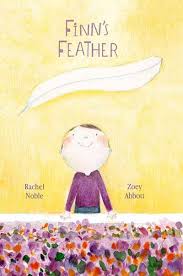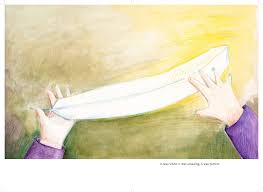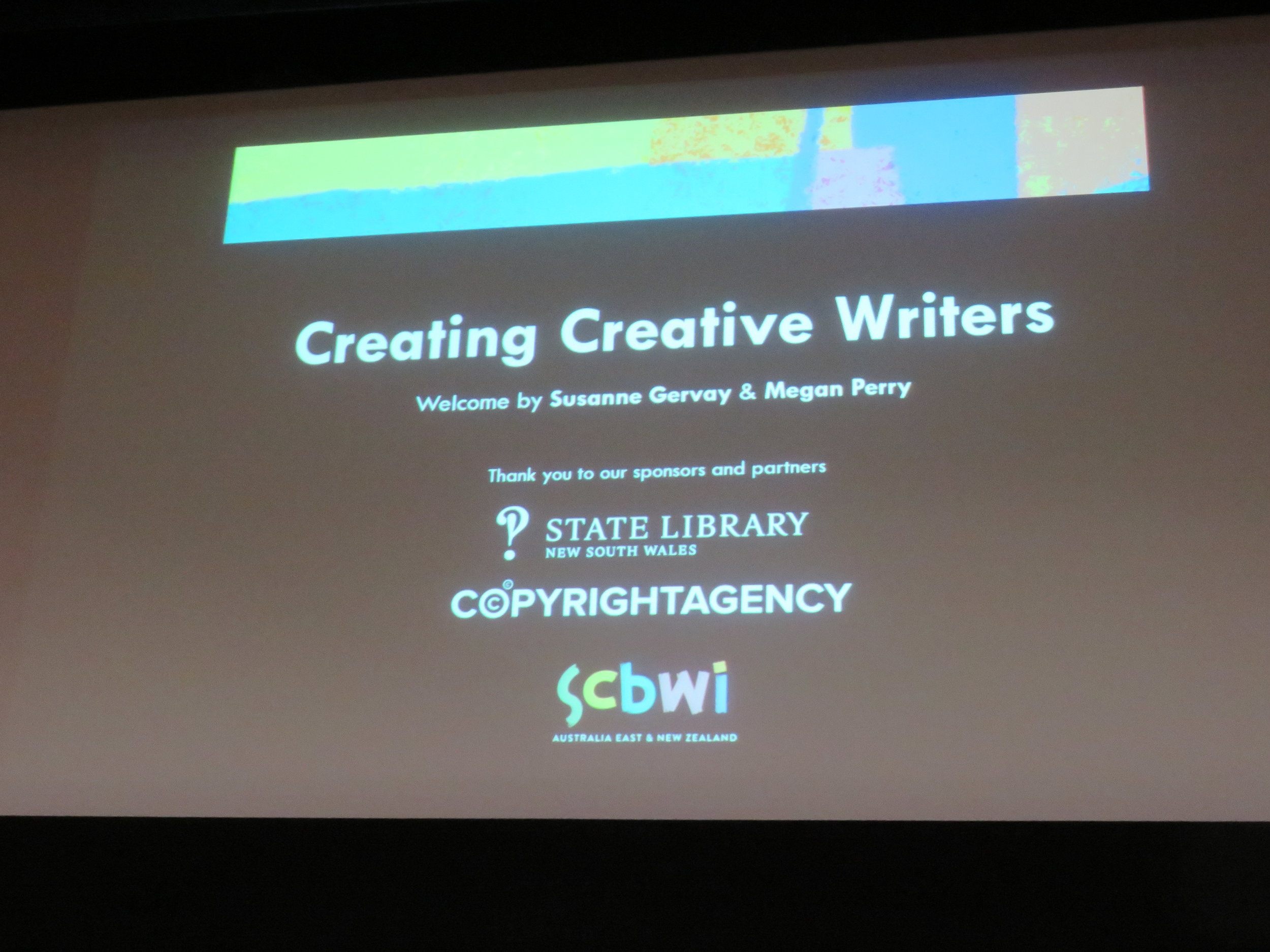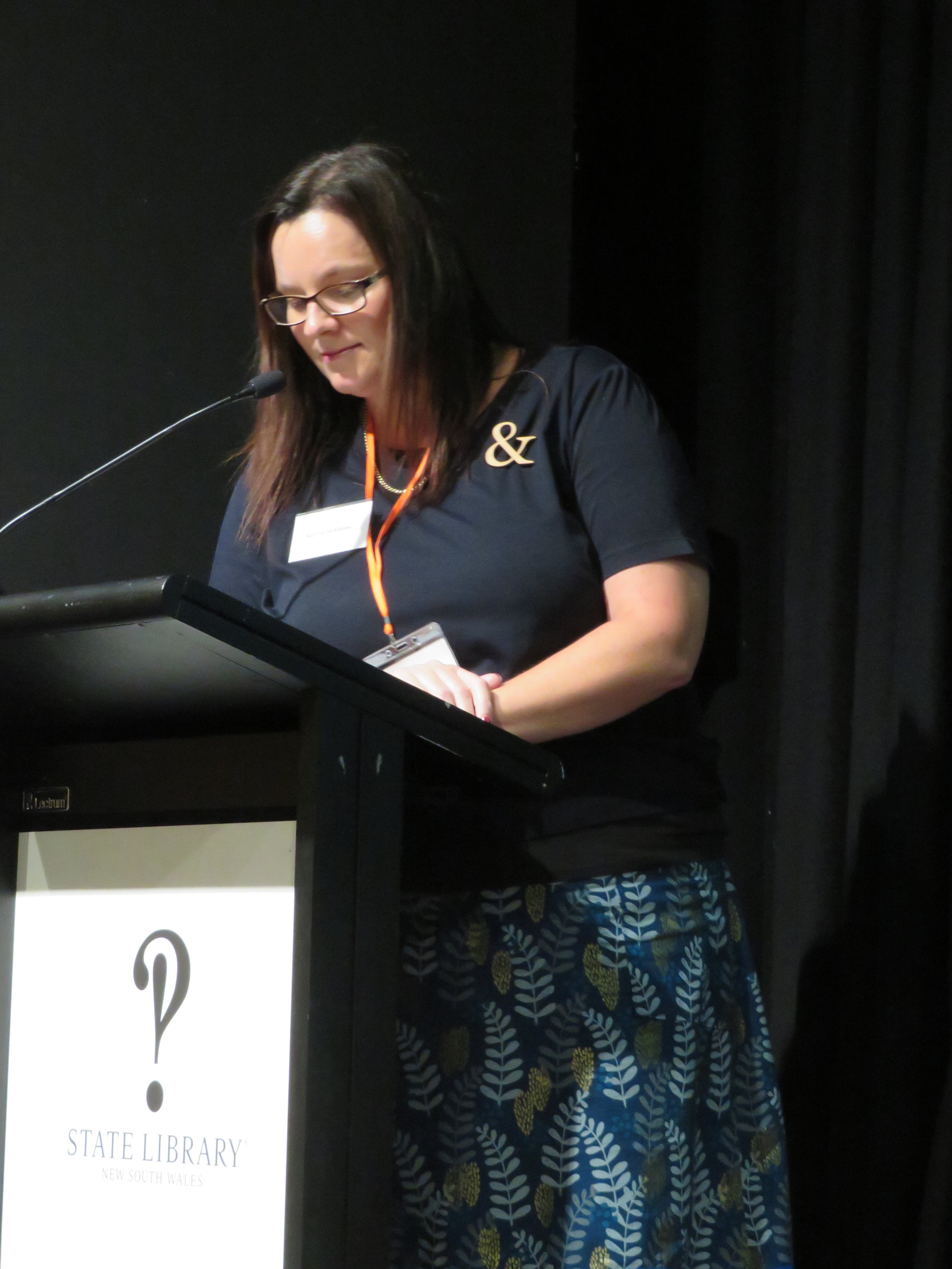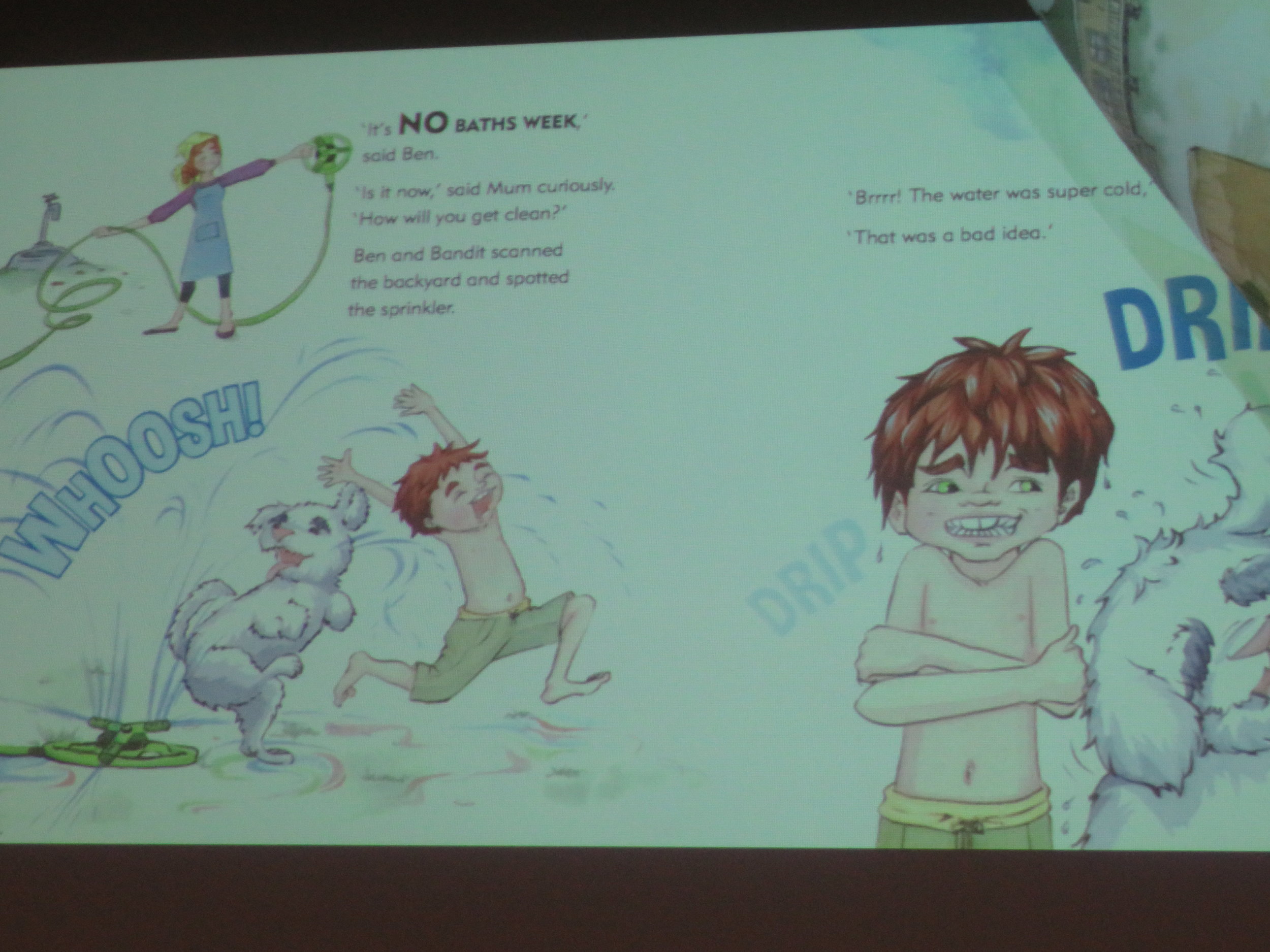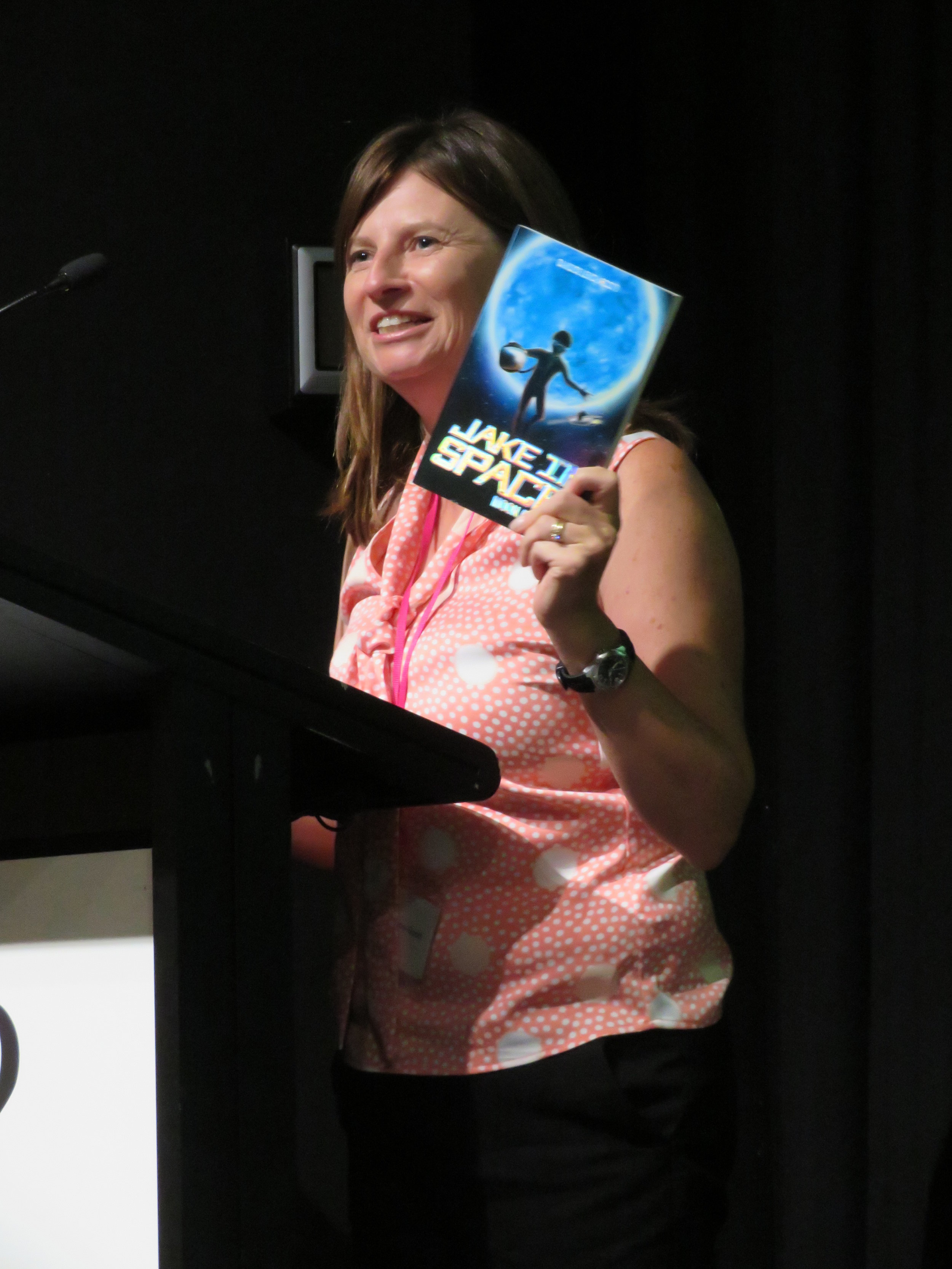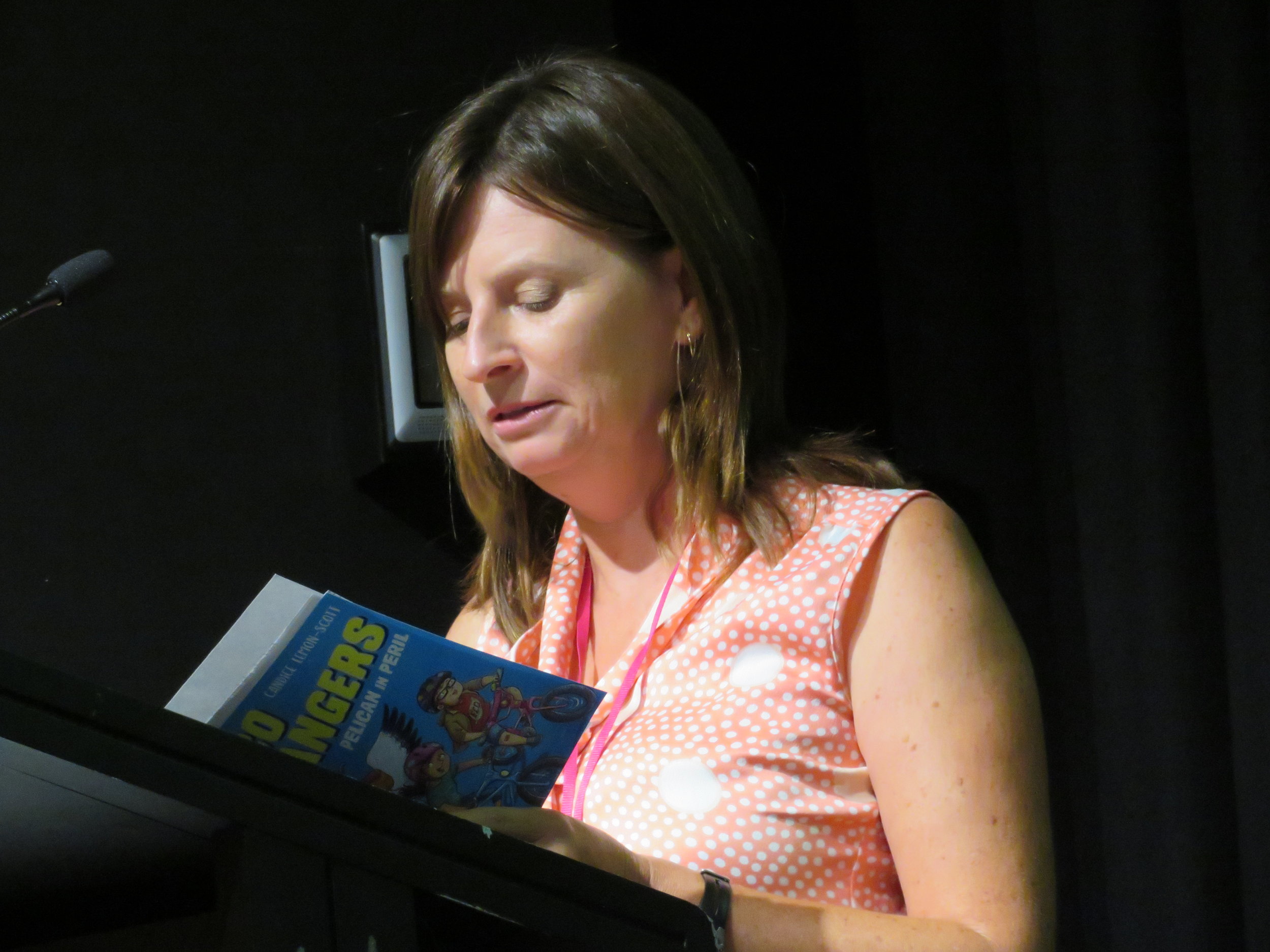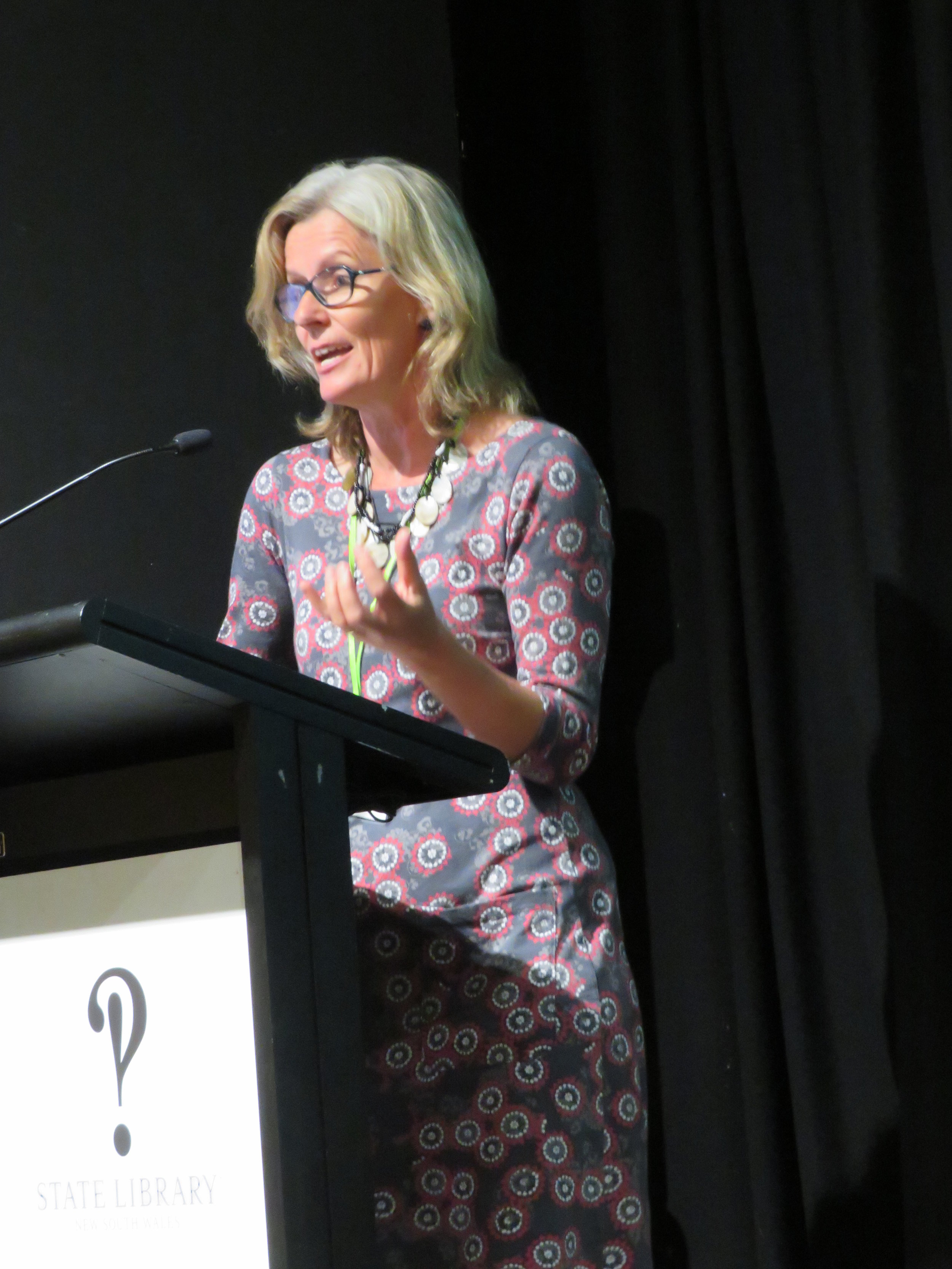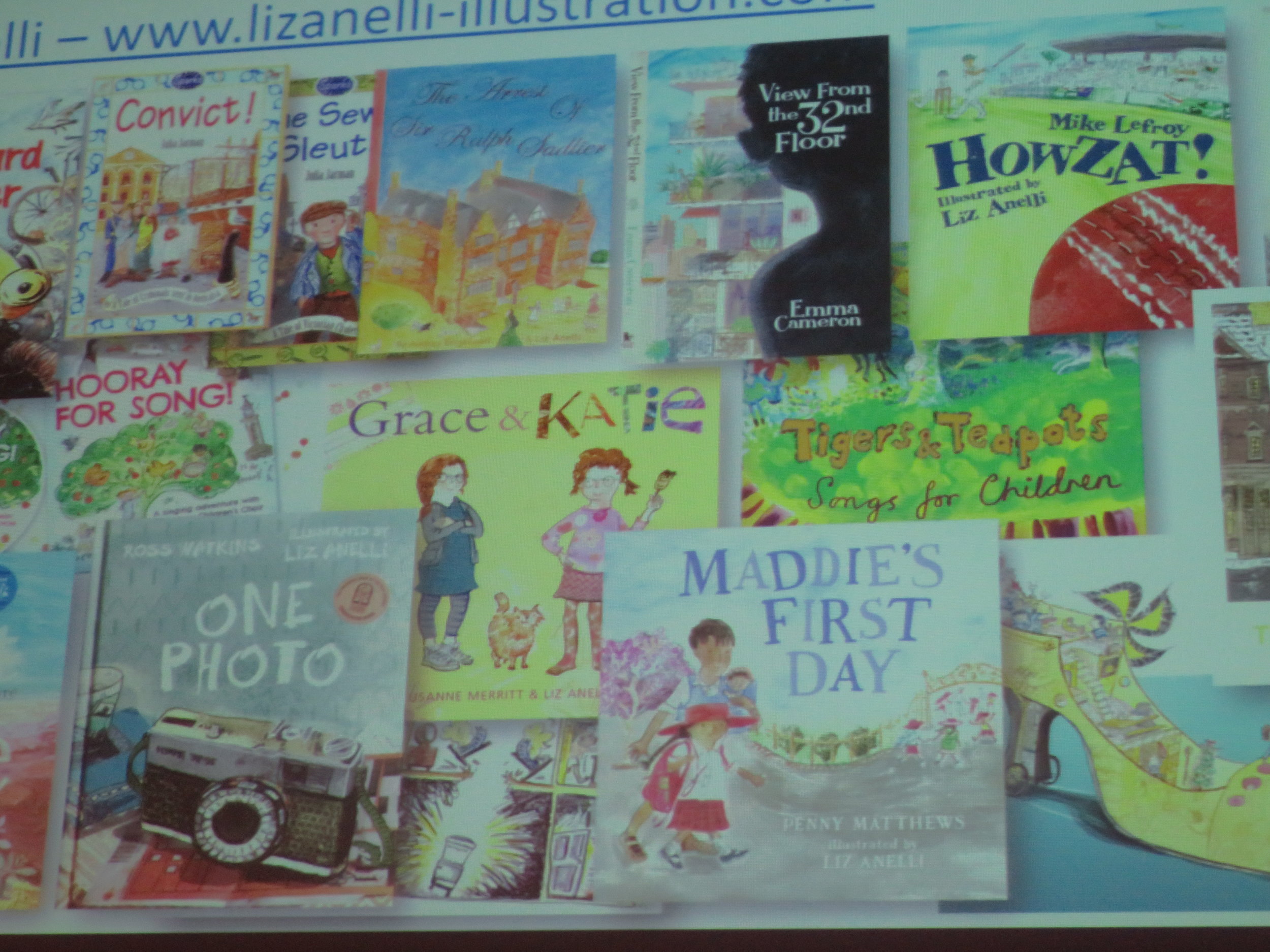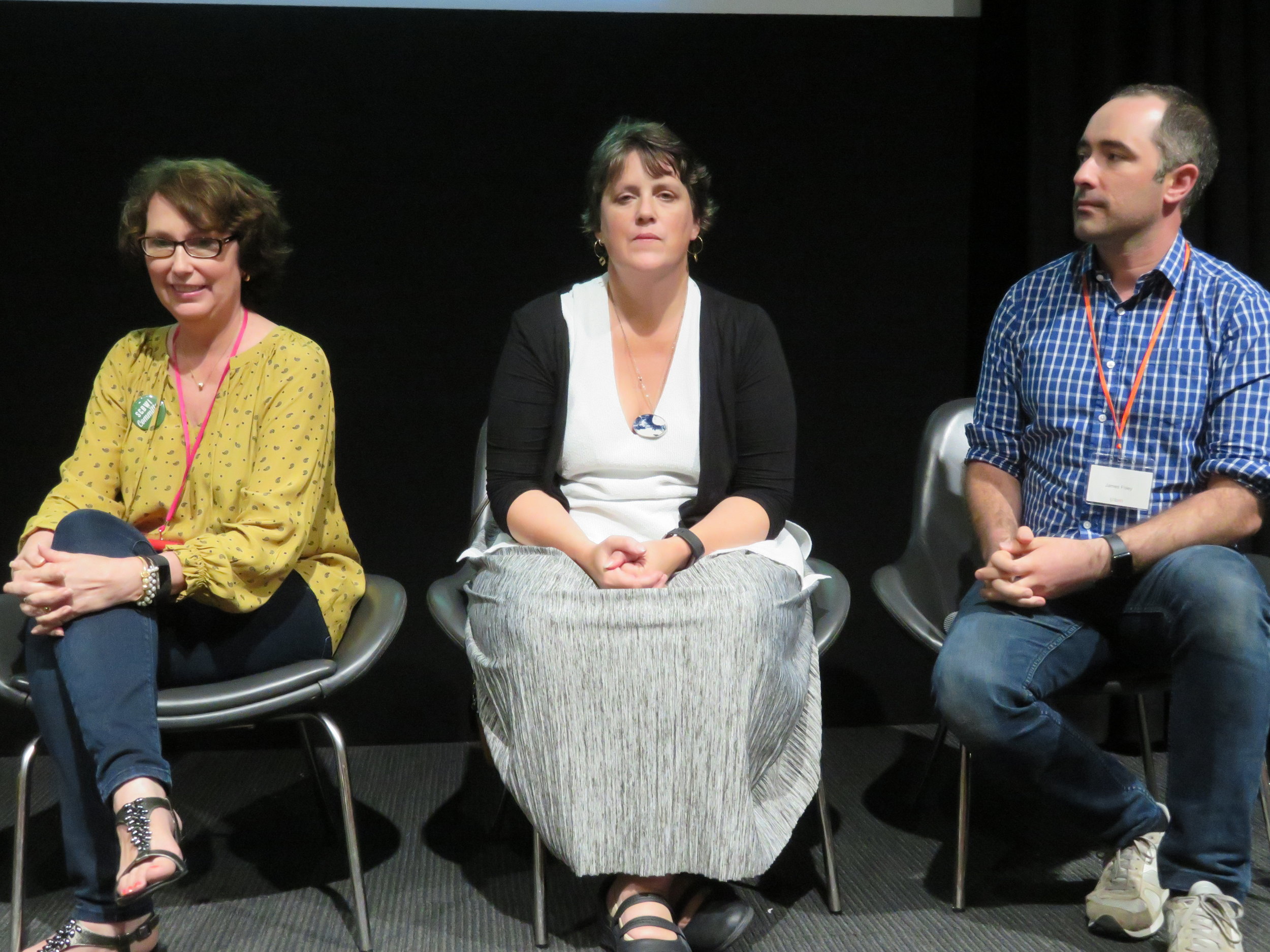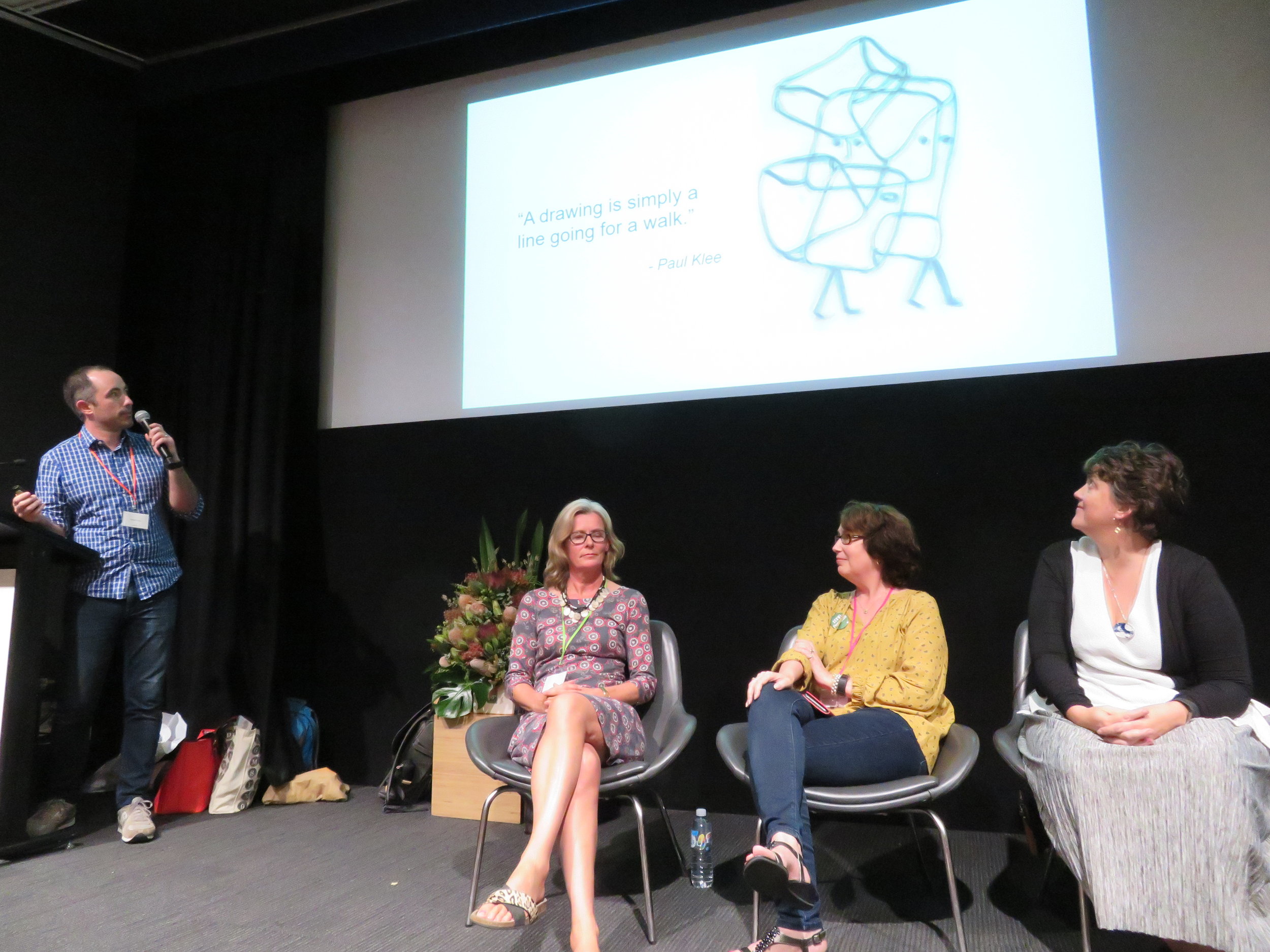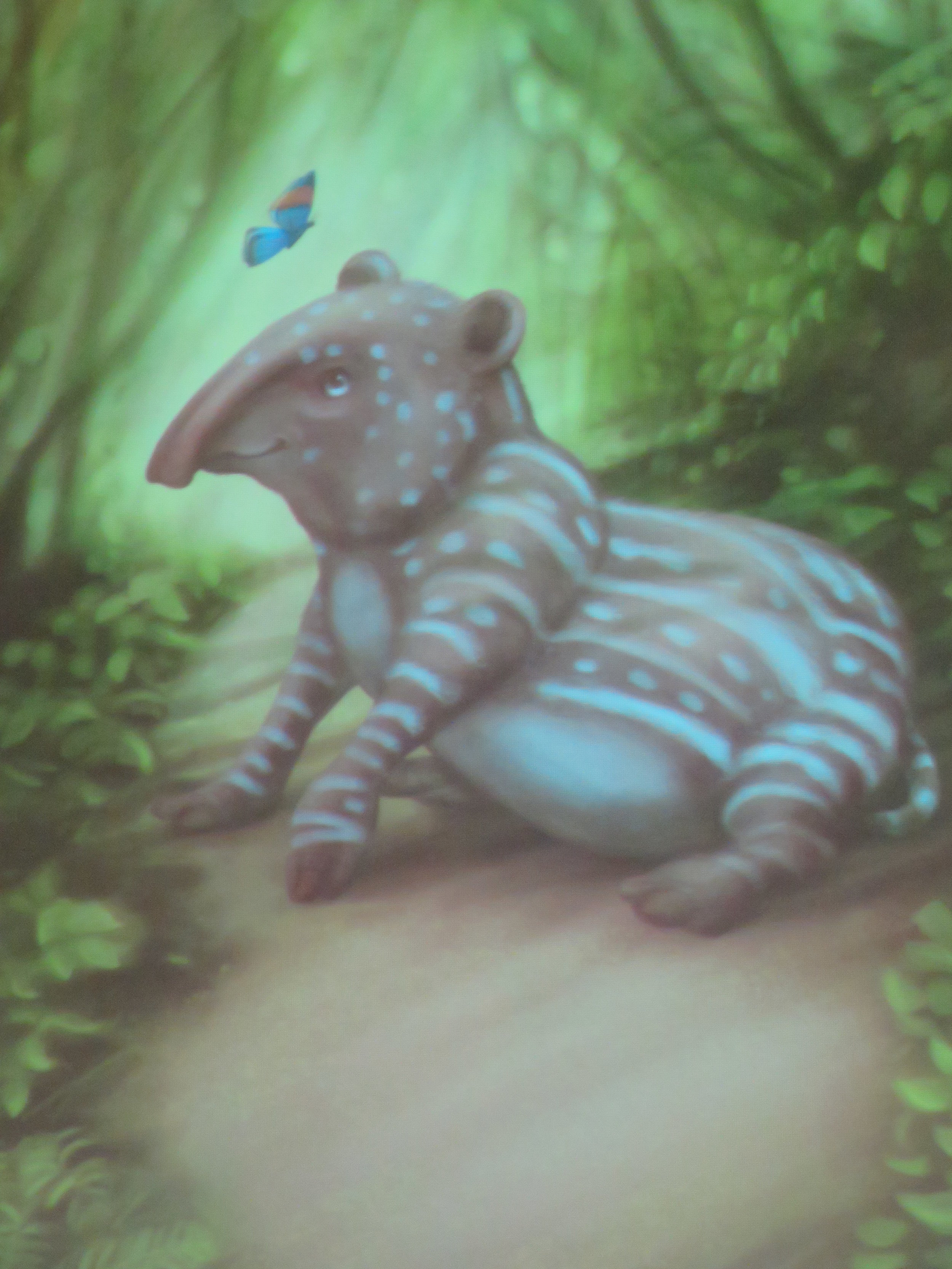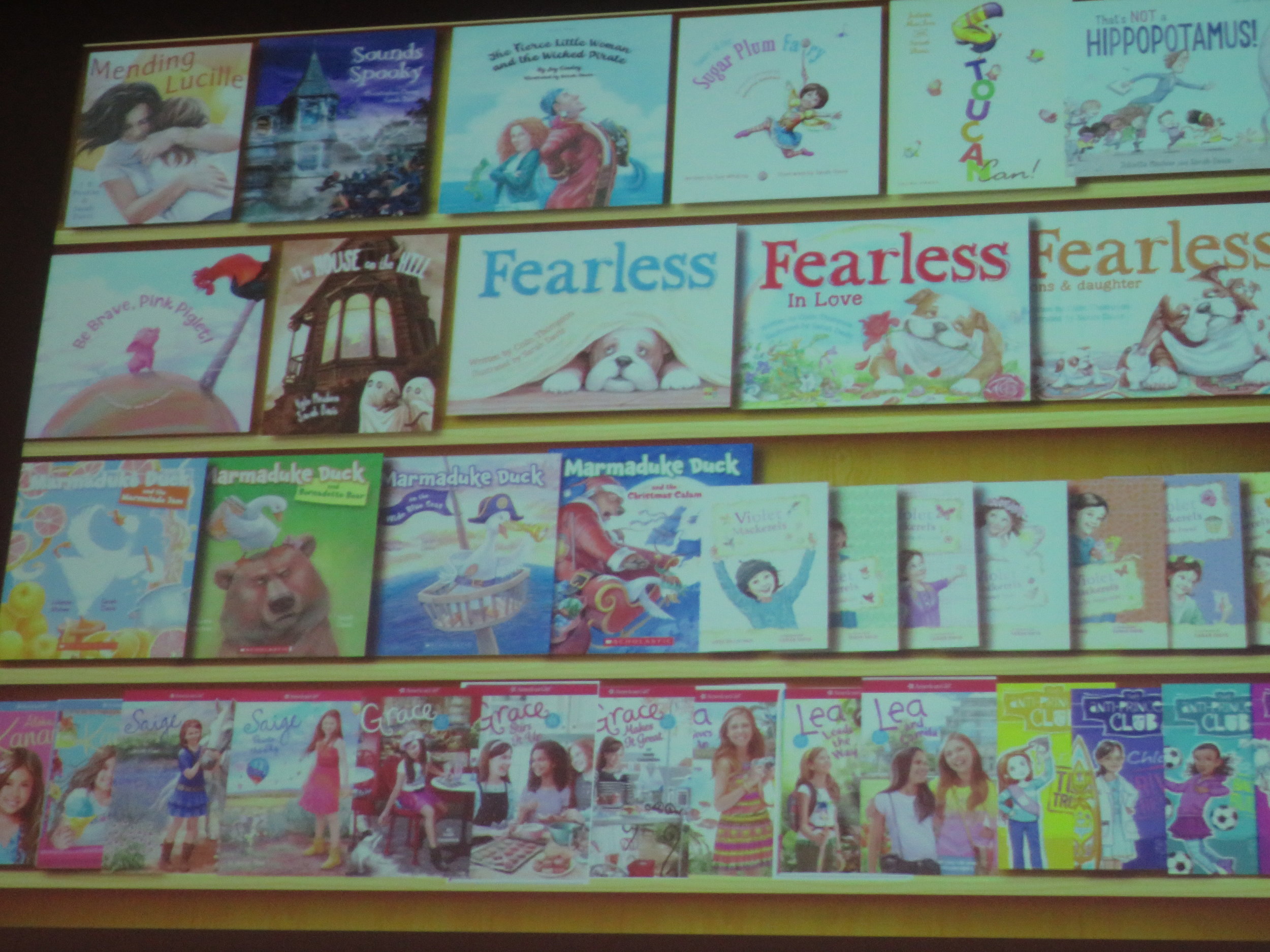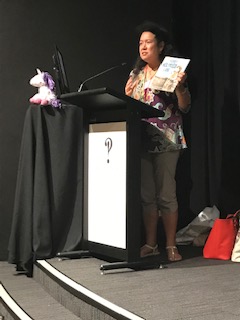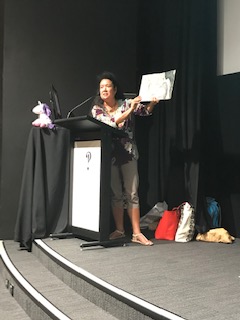COMICS MASTERMIND™ 2019 TRAINING PROGRAM
Comics Mastermind™ is delighted to roll out the first stage of its 2019 short course program for aspiring and emerging comics creators, as well as cartoonists, authors and illustrators who want to cross mediums and learn more about writing comic books and graphic novels.
THE MECHANICS OF VISUAL STORYTELLING: Mastering the Comic Book and Graphic Novel Script
DATE: Tuesday 26 March and Tuesday 2 April 2019
TIME: 6:30 to 8.00pm (AEST – Sydney / Melbourne time)
DURATION: 1.5 hours x 2 weeks (3 hours)
PRESENTER: Jason Franks
This short course for beginners will provide you with the tools for getting started in comics, and give you insights into:
Understanding visual narrative (the “comics” medium), as well as its genres, styles and publishing categories (including graphic novels!)
Becoming acquainted with comics jargon
Understanding the writing process from outline to page / panel breakdown to FULL script… and how to communicate ideas clearly and concisely to your artist and publisher
Utilising visual storytelling tools appropriately to serve the narrative and the character journey
Translating story structure into comics formats
Controlling pacing through your story
Establishing panel points of view (AKA shots) effectively
Understanding the fundamentals of dialogue
And other important rules of visual storytelling.
For more information please visit: https://www.comicsmastermind.com/short-courses/the-mechanics-of-visual-storytelling/
VISUAL STORYTELLING SUCCESS SYSTEM: How to Write Comic Books and Graphic Novels
DATE: Tuesday 9 April to Tuesday 28 May 2019
TIME: 6:30 to 8.00pm (AEST – Sydney / Melbourne time)
DURATION: 1.5 hours x 8 weeks (12 hours)
PRESENTER: Julie Ditrich
This short course provides you with a step-by-step system that will get you started as a visual storyteller, and will give you insights into:
Visual Narrative Techniques
Characterisation
Story Structure
Plotting and Dialogue
Show and Don’t Tell
And other important aspects of graphic narrative.
For more information please visit: https://www.comicsmastermind.com/short-courses/visual-storytelling-success-system/
The Society of Children’s Book Writers and Illustrators (SCBWI) is a partner organisation, and members qualify for special discounts off the short courses program.




